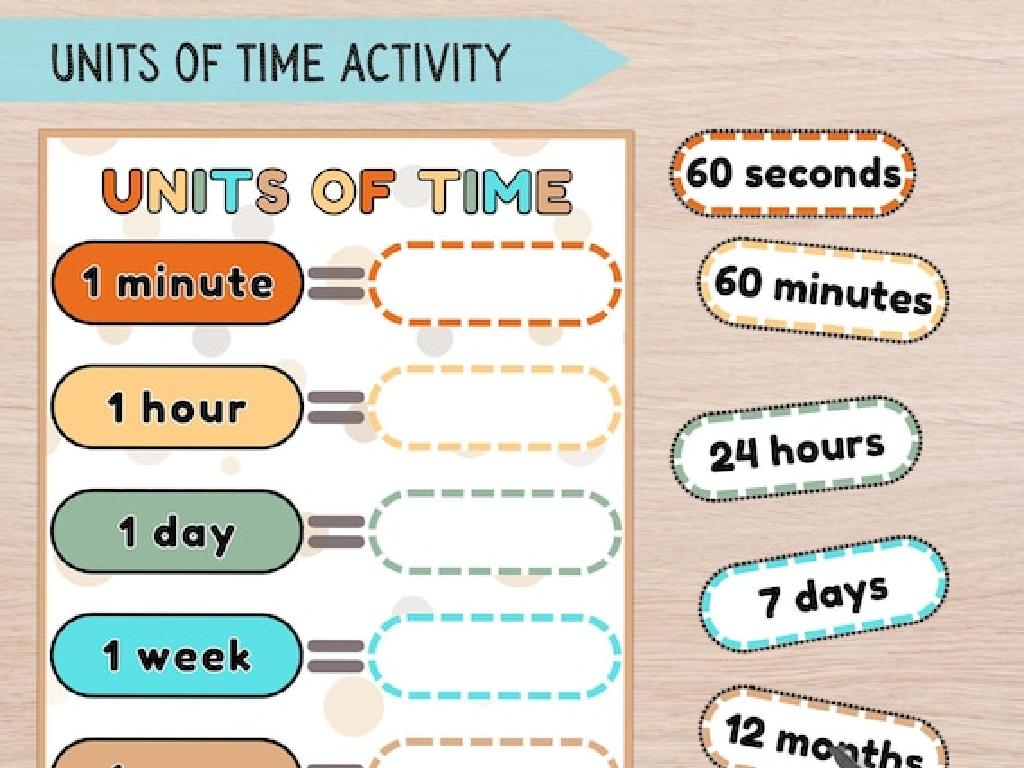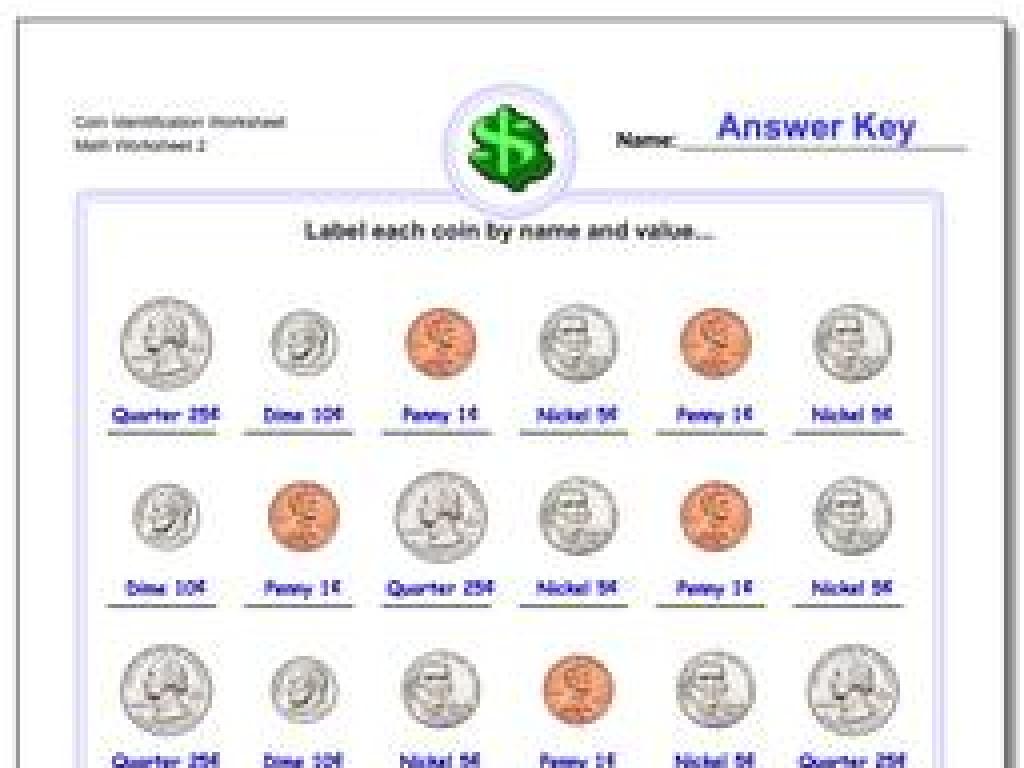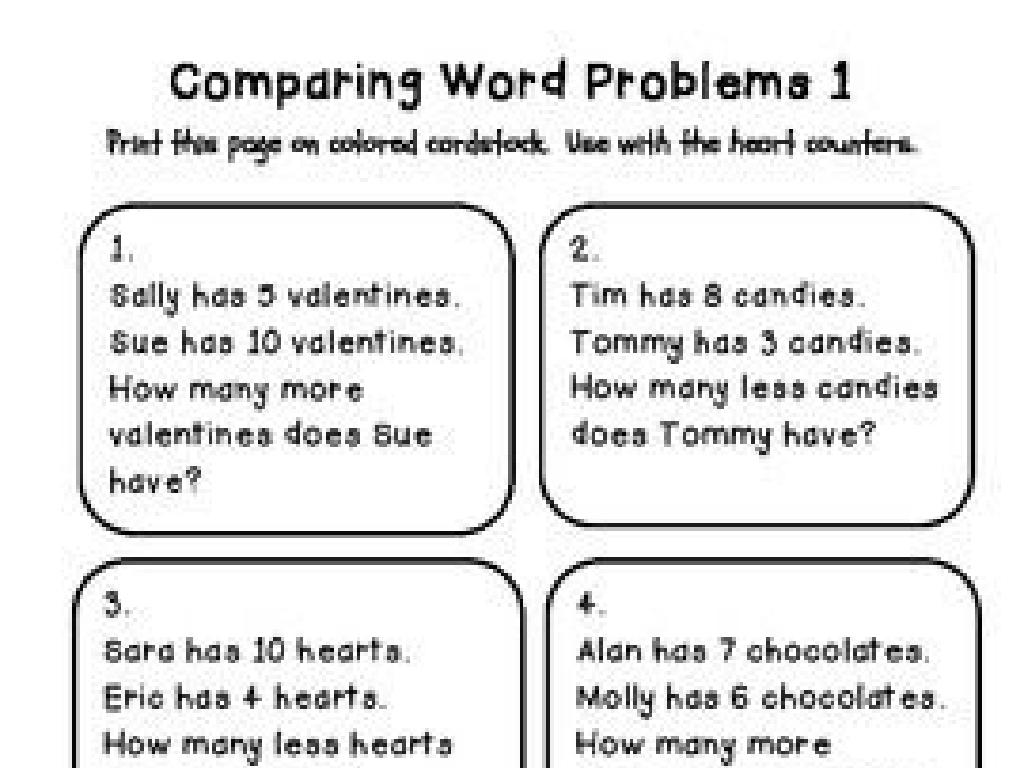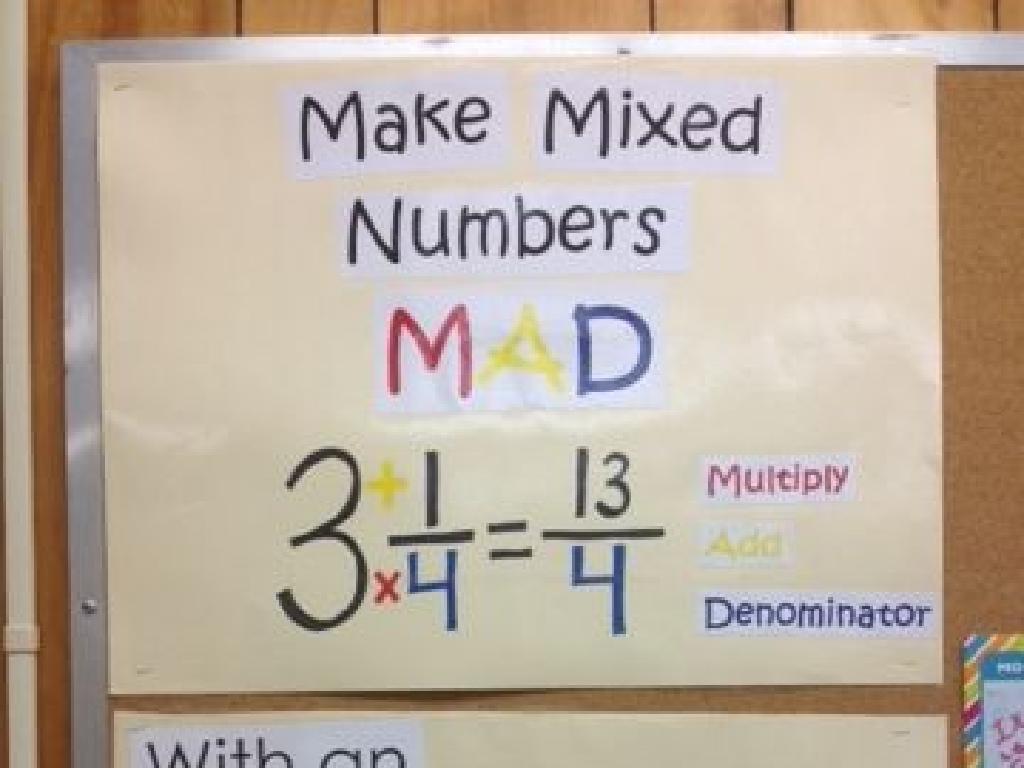Scale Drawings Of Polygons
Subject: Math
Grade: Seventh grade
Topic: Scale Drawings
Please LOG IN to download the presentation. Access is available to registered users only.
View More Content
Exploring Scale Drawings of Polygons
– What are scale drawings?
– A scale drawing represents an object larger or smaller than its real size.
– Scale drawings in daily life
– Architects use scale drawings to design buildings; mapmakers create scaled maps.
– Focusing on polygons
– Polygons are shapes with straight sides. We’ll learn to draw them to scale.
– Today’s lesson preview
|
Begin the lesson by explaining the concept of scale drawings, emphasizing their importance in accurately representing objects. Illustrate how various professionals use scale drawings in their work, such as architects and cartographers. Transition to the specific focus on polygons, defining them as multi-sided shapes and discussing their properties. Conclude with a preview of today’s lesson, which will delve into how to create scale drawings of polygons, ensuring students understand the practical applications and relevance to real-world scenarios. Encourage students to think of examples where they have encountered scale drawings in their own lives.
Understanding Scale Drawings of Polygons
– Define a scale drawing
– A representation of an object with proportional dimensions.
– Examples in different fields
– Architecture blueprints, maps, and engineering designs.
– Accuracy’s role in scale drawings
– Precise scaling ensures the drawing’s usefulness for building or navigation.
– Practice with polygon scaling
|
This slide introduces the concept of scale drawings, which are essential in various fields such as architecture, cartography, and engineering. A scale drawing is a proportional two-dimensional representation of an object, where a certain length on the drawing corresponds to a length in real life. Emphasize the importance of accuracy in creating scale drawings, as inaccuracies can lead to significant issues in practical applications. Encourage students to think of situations where they have encountered scale drawings, such as in video games or when using a map. The class will also practice creating their own scale drawings of polygons, reinforcing the concept through hands-on learning.
Understanding Scale Factor
– Define scale factor
– Scale factor is a multiplier for scaling figures
– Calculate scale factor
– Divide a measurement on the drawing by the corresponding actual measurement
– Relate original and scaled sizes
– Scaled measurement = Original measurement × Scale factor
– Scale factor application
|
The scale factor is a crucial concept in understanding scale drawings, which are representations of objects or designs at a different size than their original form. Begin by defining the scale factor as the ratio of any two corresponding lengths in two similar geometric figures. Teach students how to calculate the scale factor by dividing a length from the scale drawing by the corresponding length from the actual object. Emphasize the relationship between the original measurements and the scaled measurements, showing that the scale factor will uniformly affect all dimensions of the polygon. Provide examples of scale factor application in real-life scenarios, such as in architectural modeling or creating miniature models. Encourage students to practice with different scale factors to see the effect on the size of a polygon.
Scale Drawings of Polygons
– Identify polygons in scale drawings
– Recognize shapes like triangles, squares in drawings
– Use scale factor for scaled polygons
– Multiply original dimensions by the scale factor
– Practice: Scale a triangle by a factor of 2
– Double the sides of a given triangle
– Understand the concept of scaling
|
This slide introduces students to the concept of scale drawings with a focus on polygons. Begin by identifying different polygons within scale drawings, emphasizing the importance of recognizing shapes regardless of their size. Move on to explain how to use a scale factor to accurately draw a scaled version of a polygon, using multiplication of the original dimensions. Provide a practice problem where students apply a scale factor of 2 to a triangle, effectively doubling the size of each side. Ensure students grasp that scaling maintains the shape’s proportions. Encourage them to work through the problem and check their understanding by comparing the original and scaled polygons.
Real-World Applications of Scale Drawings
– Architects and scale drawings
– Architects create a scaled version of structures before construction.
– Engineering and scale models
– Engineers use scale models to test designs before full-scale production.
– Maps as examples of scale drawings
– Maps are scaled down representations of geographical areas.
– Understanding scales in daily life
|
This slide aims to show students how scale drawings are used in various professional fields. Architects use scale drawings to plan and visualize buildings before they are constructed, ensuring accuracy and efficiency. In engineering, scale models are crucial for testing the feasibility of structures and machines. Maps are one of the most common examples of scale drawings that students encounter in daily life, representing large areas in a compact and usable format. Discuss the importance of understanding and interpreting scales correctly, as it is a skill that has practical applications beyond the classroom. Encourage students to think of other areas where scale drawings might be used and to consider the impact of scales on interpretation.
Let’s Practice Scaling: Classroom Activity
– Create a scale drawing of an object
– Pick any object in the classroom to draw
– Choose an appropriate scale
– Decide on a scale that fits on your paper, like 1 cm = 1 m
– Share your drawings
– Present your drawing to the class
– Discuss the scaling process
– Talk about challenges and successes in scaling
|
This class activity is designed to give students hands-on experience with scale drawings. Students should select an object in the classroom, such as a desk or a bookshelf, and create a scaled-down version of it on paper. They must decide on a scale that is manageable for their paper size, for example, using 1 cm to represent 1 m. After completing their drawings, students will share their work with the class, explaining their choice of scale and any difficulties they encountered. This will help them understand the practical applications of scale drawings and learn from each other’s approaches. Possible activities include scaling different objects, using various scales, or even attempting to scale up a small item. The teacher should circulate to provide guidance and ensure that scales are being applied correctly.
Class Activity: Scale Drawing Challenge
– Receive a polygon to scale
– Gather grid paper, pencil, ruler
– Draw the polygon to a new scale
– Use the grid to help with proportions
– Ensure accuracy in scaling
– Check your work by measuring
|
In this activity, students will apply their knowledge of scale drawings to accurately enlarge or reduce a given polygon. Provide each student with a different simple polygon to ensure a variety of examples. Students will use grid paper to assist them in maintaining the correct proportions while scaling. Emphasize the importance of using a ruler for precision. After completing the drawings, students should measure their polygons to verify the accuracy of their scaling. This hands-on activity will reinforce their understanding of scale drawings and how they are used in real-world applications. Possible variations of the activity could include scaling objects from pictures, using different scales, or even creating a scale drawing of the classroom.
Review: Scale Drawings of Polygons
– Recap scale drawing significance
– Scale drawings represent objects proportionally smaller or larger than original.
– Calculating and applying scale factor
– To find scale factor, compare dimensions of the drawing to the actual object.
– Review examples of scaled polygons
– Example: If a drawing’s side is 3cm and the real side is 6cm, the scale factor is 1:2.
– Open floor for questions
|
Begin with a brief recap of what scale drawings are and why they are important in various fields such as architecture, engineering, and art. Emphasize the practical applications of creating accurate representations of objects. Review the steps to calculate the scale factor, which is the ratio of the dimensions of the drawing to the corresponding dimensions of the actual object. Provide examples of polygons with different scale factors to illustrate the concept. Finally, encourage students to ask questions or seek clarification on any aspect of scale drawings they find challenging. Be prepared to provide additional examples or explanations to ensure students have a solid understanding of the topic.
Homework: Create Your Own Scale Drawing
– Find an object for a scale drawing
– Record original object measurements
– Decide on a scale for your drawing
– For example, 1 cm on paper could represent 1 m in real life
– Present your scale drawing in class
|
This homework assignment is designed to give students practical experience with scale drawings. They should select an object at home, measure its dimensions, and then create a scale drawing based on those measurements. Encourage students to think carefully about the scale they choose; it should be appropriate for the size of the paper they will use and the actual size of the object. Remind them to clearly label their scale on the drawing. In the next class, students will present their drawings and explain the process they used to create them. This will help reinforce their understanding of scale and proportion in a real-world context.





